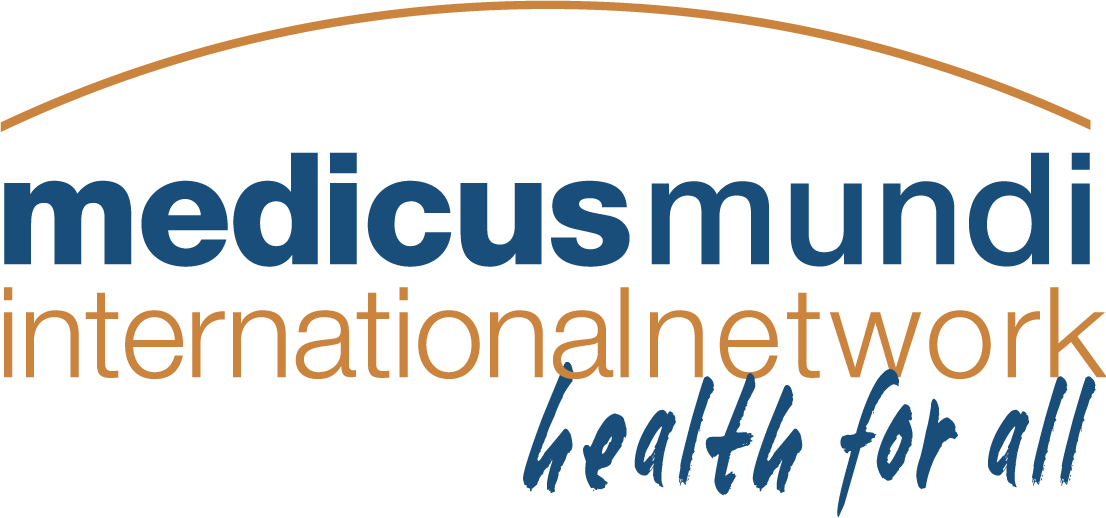 Contribution to MMI Annual Report 2014
Contribution to MMI Annual Report 2014
The Novartis Foundation has been active in the fight against leprosy for over 25 years. Building on our extensive experience with field project partners and with input from world class experts in leprosy, we developed a new strategy to reduce the incidence of leprosy by interrupting transmission of the disease. The strategy focuses on early diagnosis and prompt treatment, surveillance and response, preventive therapy for contact persons of recently diagnosed patients, and research and development of diagnostic tools. Through the new leprosy elimination strategy, the Novartis Foundation is reinforcing its commitment to the shared goal of eliminating one of the world’s oldest and most persistent neglected tropical diseases.
In mid-2014, a milestone was achieved in Novartis’ commitment to end leprosy: donations of multidrug therapy (MDT) reached over 6 million patients worldwide. Thanks to MDT and the efforts of the World Health Organization (WHO) and anti-leprosy community, the global burden of leprosy has been reduced by 95% since the 1980s – a huge public health success story.
However leprosy patients continue to be detected and over the last decade, the number has plateaued at about 220,000–250,000, with persistent high-burden pockets of disease across Asia, Africa and Latin America. Figures from the WHO show that 215,000 new patients were diagnosed in 2013. Although this is a reduction from 2012, for the global health community to go to the final mile in eliminating this ancient disease, focus needs to shift towards prevention to again curb the incidence of leprosy.
The Novartis Foundation is working on three key initiatives as part of our strategy: the multi-country Leprosy Post-Exposure Prophylaxis (LPEP) project, the contact-tracing project in Cambodia, and co-creation of tools to accelerate leprosy diagnosis.
The LPEP project is a centerpiece of the Novartis Foundation new strategy toward zero transmission. Launched in June 2014 in collaboration with Netherlands Leprosy Relief, International Federation of Anti-Leprosy Associations partners, Erasmus University Medical Center Rotterdam, Swiss Tropical and Public Health Institute and national leprosy programs, LPEP aims at combining early diagnosis and treatment of leprosy patients with preventive therapy of their asymptomatic contacts.
Under the LPEP project, asymptomatic contact persons will be offered a single dose of rifampicin as post-exposure prophylaxis (PEP). This decreases their risk of developing leprosy in the years following contact by as much as 50-60% (Moet et al. 2008). This year, the LPEP project will be rolled out in several pilot areas across Asia, Africa and Latin America.
Contact-tracing is at the heart of a pilot project supported by the Novartis Foundation in Cambodia, in collaboration with the Cambodian National Leprosy Elimination Program and the CIOMAL Foundation. The pilot project aims at determining the yield of early case detection when contact persons of formerly diagnosed leprosy patients are screened. Pok Sokha, a former leprosy patient in Cambodia reflects: “If I had received treatment in time, I wouldn’t have this disability. I really understand that it is important to get diagnosed early and promptly treated.”
By extending contact-tracing in Cambodia and elsewhere, we hope to diagnose many more leprosy patients like Pok and treat them promptly to halt the spread of leprosy among their families and communities. This contact-tracing approach offers a potentially cost-effective way of conducting early leprosy diagnosis in areas where incidence is low, as it enables active case detection activities to be concentrated over relatively short periods of time.
As part of the project the community is sensitized to the fact that treatment with MDT effectively interrupts transmission. “When I went to the hospital and the doctor said I had leprosy, my wife was really scared,” Pok explains, “but once I started treatment she was so happy to hear that I would recover. Now I’ve completed my treatment, the doctor said I’m fine. And luckily the disease hasn’t affected my wife and children.”
To find more patients and prevent disfigurement and disability from leprosy requires early detection and diagnosis. With no diagnostic test available, however it is often difficult to diagnose at an early stage, requiring specific skills. Therefore, as part of the Novartis Foundation’s work to accelerate elimination of leprosy and malaria by focusing on interventions that aim at interrupting transmission, we are supporting the groundwork for the future development of a laboratory test and encourage innovative solutions for leprosy detection, including a mobile-phone based leprosy referral system.
………………………………….
More information:
- Website of the Novartis Foundation: www.novartisfoundation.org
- Leprosy Post-Exposure Prophylaxis (LPEP) project: www.bit.ly/foundation-lpep
- Contact-tracing project in Cambodia: www.bit.ly/foundation-contacttracing
- Co-creation of tools to accelerate leprosy diagnosis: www.bit.ly/foundation-diagnosis
Contribution by the Novartis Foundation (member of Medicus Mundi Switzerland) to the Annual Report 2014 of the MMI Network
